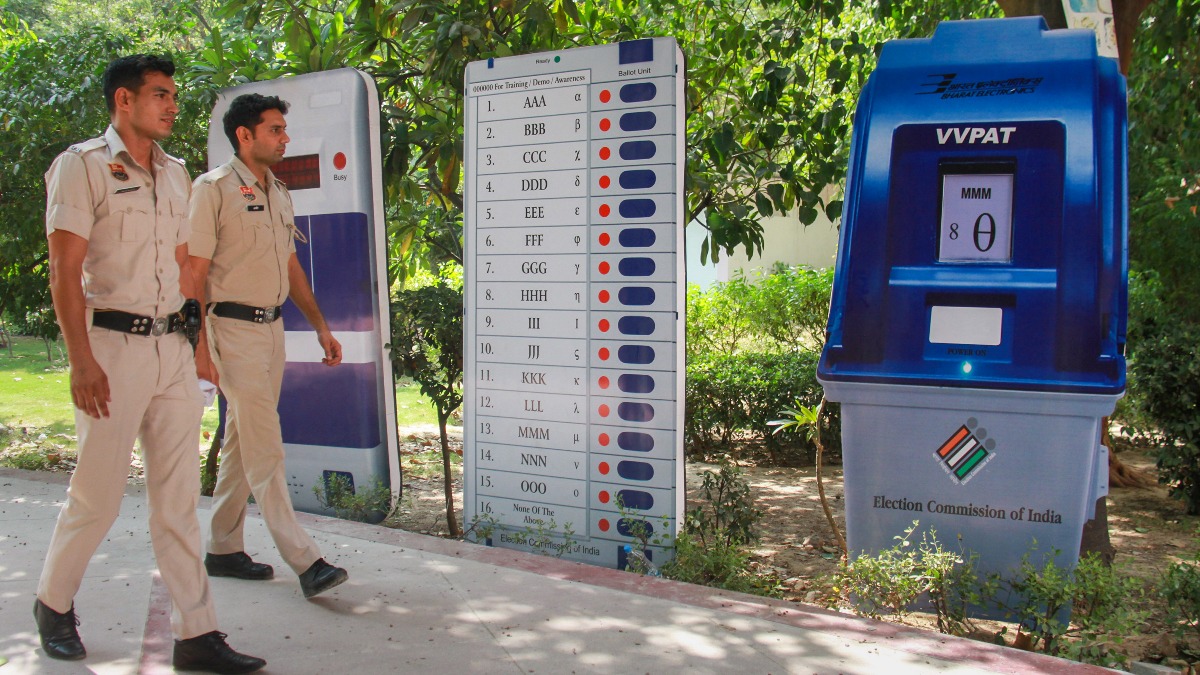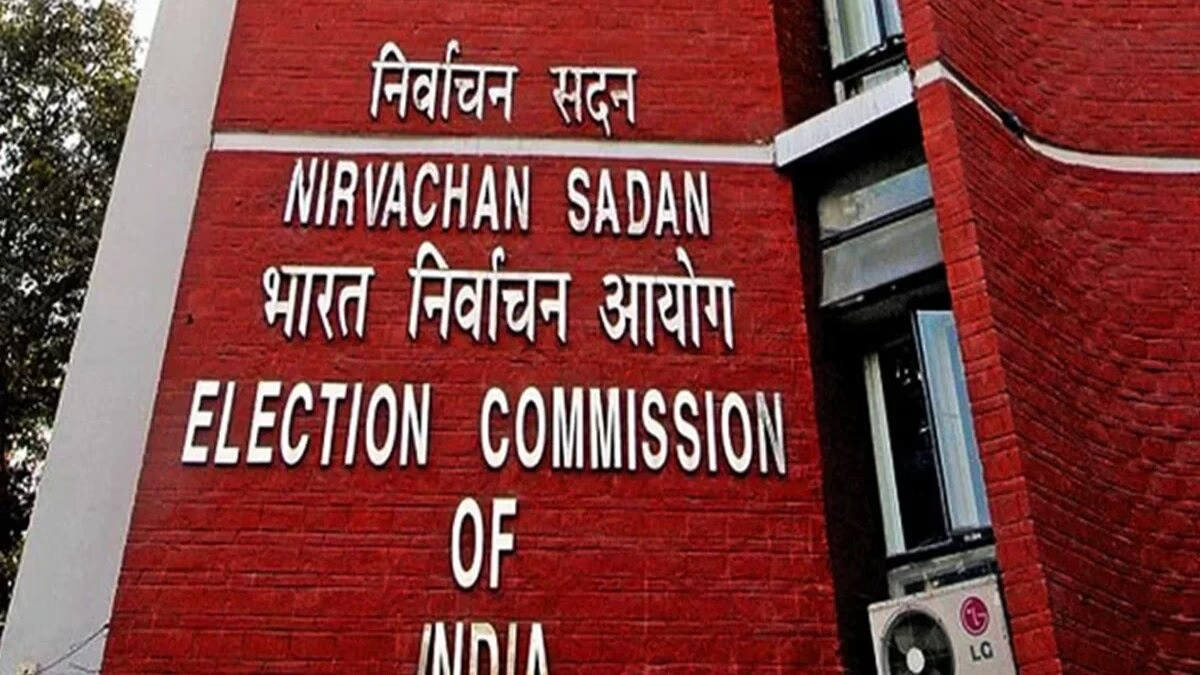Electronic Voting Machines (EVM) have once again sparked a furor, initiated by a post from American billionaire Elon Musk. Musk's post on social platform X questioned EVMs, suggesting their use should be discontinued.
Reposting a remark from Robert F. Kennedy Jr., who is running as an independent candidate in the US presidential election, Musk wrote, 'We should stop using EVMs. There's a small but significant risk of manipulation by individuals or AI.'
The origin of the debate
Essentially, Robert F. Kennedy Jr. claimed that there were hundreds of irregularities in the Puerto Rico primary elections linked to EVMs. Due to the paper trail, the discrepancies were detected, allowing for a correction in the vote tally. Robert emphasized a return to paper ballots to prevent electronic interference in elections.
Following Musk's post, a storm erupted in India. Former IT Minister Rajeev Chandrasekhar responded to Musk, saying Indian EVMs cannot be hacked. He stated, 'What Musk is proposing might apply to America or elsewhere where voting machines are computer-based and internet-connected. Indian EVMs are different; they are not connected to any networks or media.'
Chandrasekhar further explained, 'No connectivity, no Bluetooth, no Wi-Fi, no internet... makes them unhackable. They contain factory-programmed controllers that cannot be reprogrammed.'
Musk then replied to Chandrasekhar, 'Anything can be hacked.' To this, Chandrasekhar responded, 'Technically, you are right. With the correct resources, labs, and technology, I could break any encryption.' He argued that EVMs are more secure and trustworthy than paper voting.
Enter Rahul and Akhilesh
The debate later included participation from Congress MP Rahul Gandhi and SP MP Akhilesh Yadav. Rahul stated on X, 'In India, EVMs are untouchable black boxes that nobody is allowed to examine.'
On the other hand, Akhilesh wrote, 'Technology should solve problems, not create them. If it becomes a source of issues, its use should be discontinued.' He called for upcoming elections to be conducted with paper ballots.
Can EVMs be hacked?
The Election Commission formed a committee to investigate allegations of EVM hacking and tampering. In its 2019 report, the committee presented two arguments as to why EVM hacking or tampering is improbable:
- Argument one:
The EVMs used by the Election Commission are stand-alone devices. They are neither controlled by a computer nor connected to the internet or any network, rendering them virtually unhackable. Additionally, the software used in these EVMs is developed by engineers from government companies associated with the Ministry of Defence and Department of Atomic Energy. The software's source code is not shared with anyone.
- Argument two:
In India, EVM machines consist of two separate units: a Control Unit (CU) and a Balloting Unit (BU), distributed separately during elections. Any tampering with one unit renders the machine inoperative. Therefore, the committee concluded that the chances of tampering with or hacking EVMs are negligible.
How do the EVMs of India and America differ?
Indian EVMs are stand-alone, while those in the US are server-connected and operated via the internet, making them more vulnerable to hacking. Following hacking allegations in the 2016 presidential election, the American Congress secured their servers and systems by spending 380 million dollars.
In India, two government companies - the Bharat Electronics Limited (BEL) and Electronics Corporation of India Limited (ECIL) - manufacture EVMs. In contrast, in the US, voting machine production contracts are also awarded to private companies. There are about 10 companies involved in this manufacturing.
Moreover, Indian EVMs include Voter Verifiable Paper Audit Trails (VVPATs). VVPAT screens display the printed slip for 7 seconds, allowing voters to verify their cast votes. If any tampering with the EVM is alleged, VVPAT slips are used for cross-checking.
In America, most voting machines don't even have a paper trail, and where electronic voting is practiced, most don't include a paper trail, leaving no way to cross-check in case of allegations or discrepancies.
If electronic voting is being conducted, having a paper trail is essential. In the 2020 US presidential election, Donald Trump contested the EVM results in Georgia, which fortunately had a paper trail. Cross-checking with the paper records proved Trump's allegations false, confirming Joe Biden's victory.
Many Americans Distrust EVMs
Electronic voting first began in the US, yet Americans tend to distrust EVMs. After the 2000 presidential election, the US heavily invested in increasing the use of EVMs without a paper trail, which failed to build voter confidence.
In May 2010, scientists from the University of Michigan demonstrated a device connected to a machine and claimed that results could be altered by sending a text from a mobile phone.
Despite the years since their introduction, EVM-based voting isn't practiced throughout the US. In the 2016 presidential election, about 22% of voters used EVMs without a paper trail, and in the 2020 election, 9% of voters used EVMs that were not connected to a paper trail.
Retired computer science officer Douglas Jones from the University of Iowa told a news agency that while no proof of these EVMs being hacked exists, they can be hacked, and in the lab, it has been done. He insisted on the necessity of paper trails to verify in case of hacks or malfunctions.
Most American elections are cast with paper ballots. Some voters fill out the ballot paper by hand and drop it in a box, while others select their preferred candidate using a ballot marking device, which prints out a paper for the voter's cast vote.




